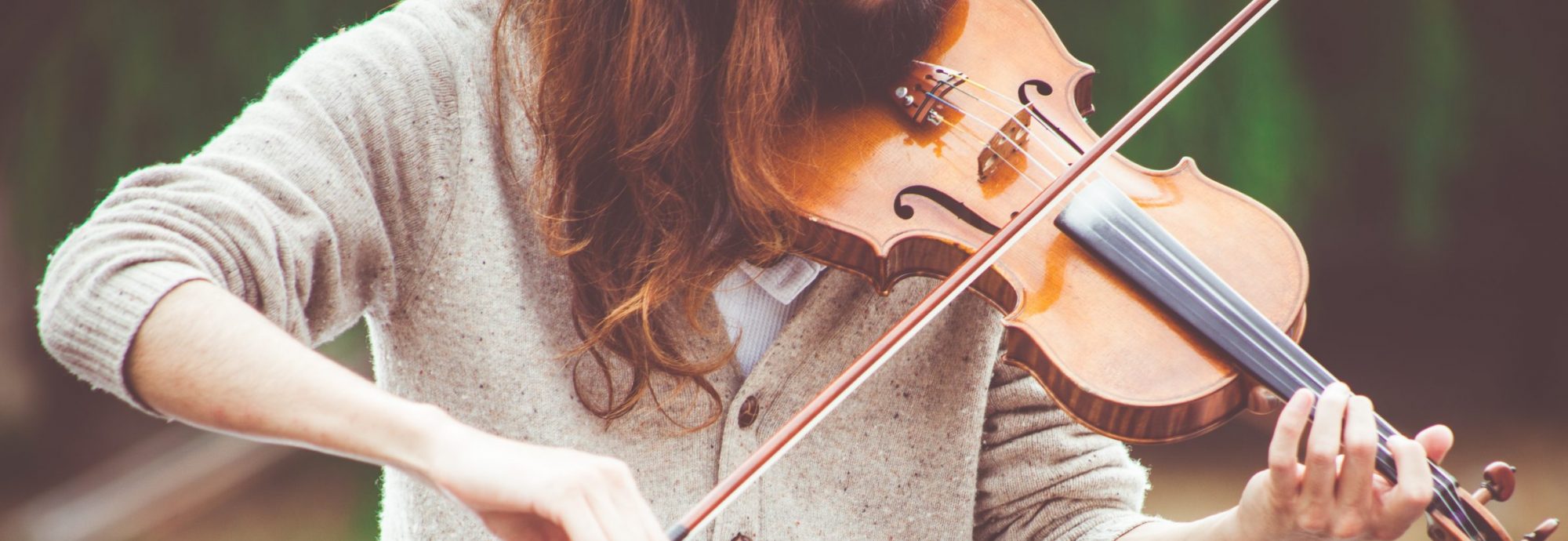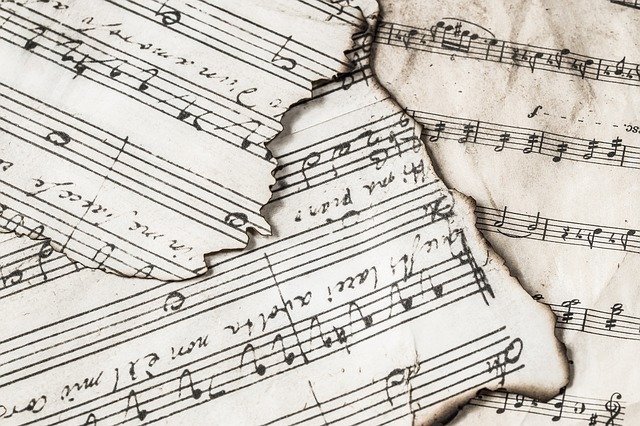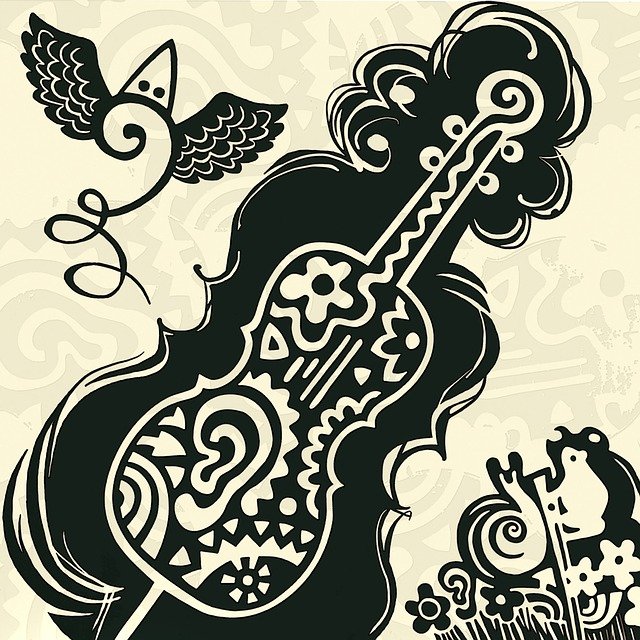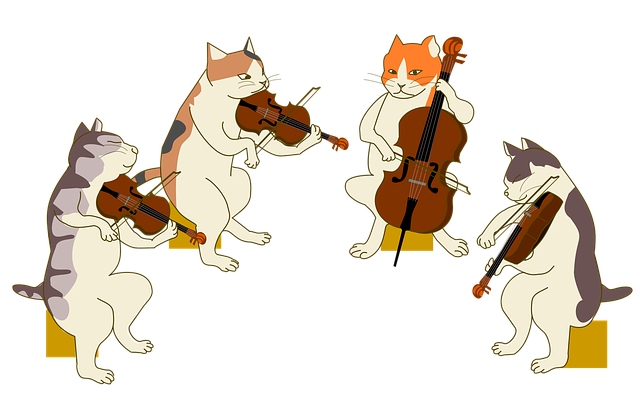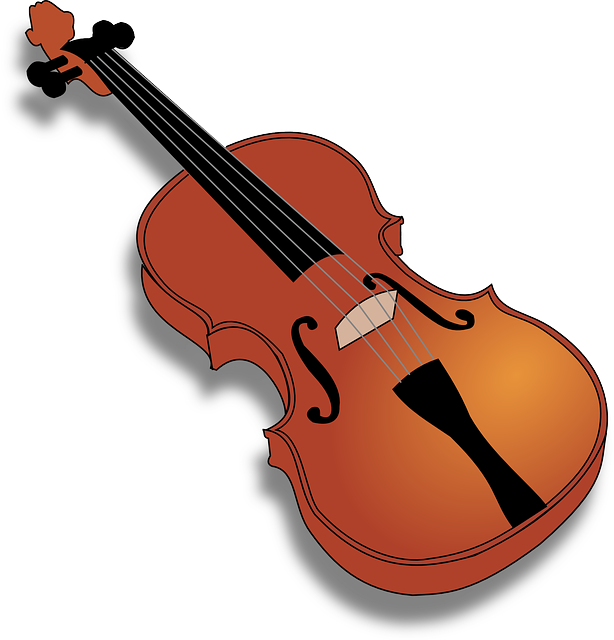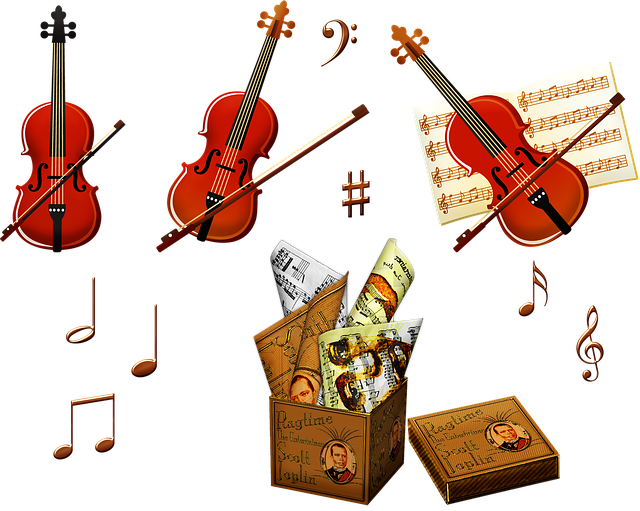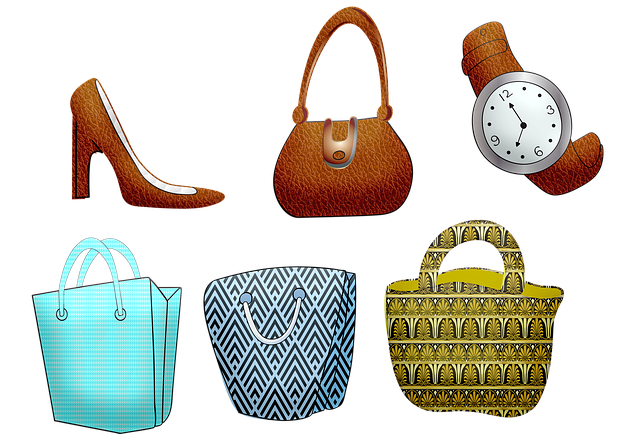The quality of accessories for your violin, viola or cello is just as important as the quality of the instrument itself. The purpose of these items is to help make playing as easy as possible. Learning a stringed instrument is already a big enough challenge, so it is important to leverage any possible advantage to making the learning process easier. Having quality accessories does just that. Here are a few of my favorite and most trusted accessories.
Shoulder Rests for Violin and Viola-Having a quality shoulder rest is very important because it sets the foundation for the correct playing position on the violin and viola. It also greatly improves your comfort when playing. My two favorite shoulder rests are the Kun and the Wolf Forte Secondo. Both of these shoulder rests can be purchased for most sizes of violins and violas. The Kun can be found at most area music stores or online, and the Wolf can be ordered online. The Kun would be a better choice for students with a shorter neck and broad shoulders, while the Wolf would be a better choice for student with a long neck and boney shoulders. On the Wolf you can actually bend the shoulder rest to fit your shoulder shape. There are other quality choices for shoulder rests as well, but please stay away from sponge shoulder rests. They do not do a good job of holding the violin or viola in place, so it creates a wobbly foundation for the correct playing position and posture.
Rosin-Good rosin really does affect your sound on a stringed instrument. For violins and violas, my favorite rosin is Hill Light Rosin. It is affordable rosin that has the perfect amount of grip, and it makes a great sound. For cellos, my favorite rosin is AB Rosin. It has great volume and clarity of tone. It can also hold up against temperature and humidity as compared to some other rosin brands.
Rock Stop-A good rock stop is so important for cellists because it holds the cello in place while you are playing and keeps it from slipping out of your grip. My favorite kind of cello rock stop is the Xeros Endpin Anchor. It is affordable, and it lasts for a long time. Most importantly it doesn’t slip at all.
Tuner-This tool assists developing musicians become more confident tuning their instrument independently. My favorite tuner is the Snark because it can hook to your instrument and distinguish your instrument from other instruments in a group. It also shows you what note you are playing and if the note is too high or too low, so you can tune your instrument accordingly.
Strings-The brand of strings you put on your violin, viola or cello will make a big difference in the sound of your instrument. For student violins, I recommend Thomastik-Infeld-Dominant strings.If you want a very bright E string sound, you can use the Pirastro Gold E with the rest being Thomastik-Infeld-Dominant. For student violas, I recommend Thomastik-Infeld-Dominant or Jargar strings. For student cellos, I recommend Jargar, Helicore or Thomastik Spirocore. Any of these string choices would be a quality set of strings. You can decide based on price or choose different brands through the years until you decide which brand you prefer personally.

